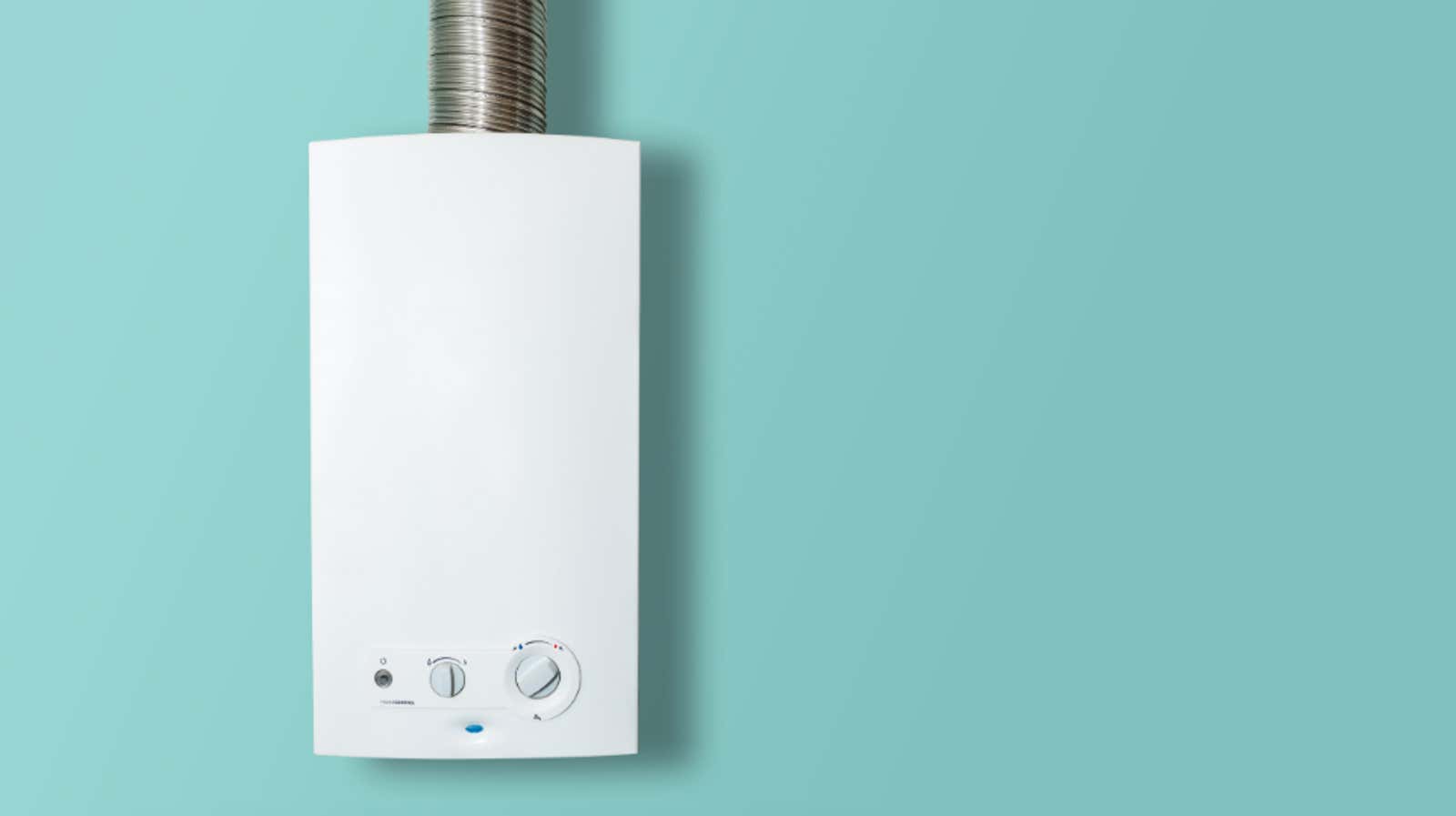What’s the Best Temperature for My Water Heater?

If you have a home, you most likely have a water heater. But there is no universal temperature for “hot” water – you need to set it yourself. So what is the ideal water heater temperature? Here’s what you need to know.
For most homes, this is 120 degrees Fahrenheit.
Let’s get this straight first: there is no “ideal” water heater temperature for every home. Like most things, it depends on the needs of your family, including whether you have children or the elderly living with you, and whether anyone has a weakened immune system.
Having said that, unless you live with anyone who falls into the above categories, 120 degrees Fahrenheit is probably the best temperature setting for your water heater. The US Department of Energy recommends using the 120 degree mark for both maintenance and economy. The department’s recommendation explains that most water heaters automatically adjust to 140 degrees Fahrenheit, but this is usually not necessary. A 120 degree setting will not only satisfy most of your hot water needs, but it will also slow down mineral build-up and corrosion in the water heater and pipes.
However, their biggest argument – being the Department of Energy and everyone else – is that setting your water heater 120 degrees instead of 140 degrees can save you energy and therefore money:
The savings from lowering the temperature of your water heater are based on two components: reducing standby losses (heat loss from the water heater into the surrounding basement area); and consumption (from water demand or use in your home). If set too high, which is 140ºF, your water heater can spend $ 36 to $ 61 per year on standby heat loss and over $ 400 on consumption loss.
Another argument in favor of the 120 degree setting is that if you have children or elderly people in your home, they are less likely to scald with tap water at this temperature.
But for others, 140 degrees Fahrenheit is best.
According to the US Department of Energy, the main reason your water heater is set to 140 degrees is because there is someone in your family with a suppressed immune system or chronic respiratory disease. Likewise, the United States Occupational Safety and Health Administration (OSHA) recommends a setting of 140 degrees to prevent Legionnaires’ disease. Also, if you have a dishwasher that doesn’t heat up the water in advance, you’ll either want to set the hot water heater to 140 degrees.
How to check and adjust the water heater setting
If you’re not sure what temperature your water heater is set to, just look at the dial. If for some reason your water heater does not have a temperature scale, Mr. Rooter Plumbing offers to measure the temperature from your tap. To do this, turn on the hot water completely, let it run for a few minutes, and then measure the temperature of the water.
Now that you know the temperature, you may need to adjust the water heater setting:
While this video from DOE focuses on lowering your settings, you can apply the process to raising temperatures as well. In addition, it contains instructions for both electric and gas water heaters.
So there you have it: the basics of checking and adjusting your water heater settings. If in doubt or if you have additional questions, please contact a professional. But if you do a quick temporary check, you will be fine.
This story was originally published on 11/15/13 and updated on 10/22/19 to provide more complete and up-to-date information.